Completed on 27th February 2016.
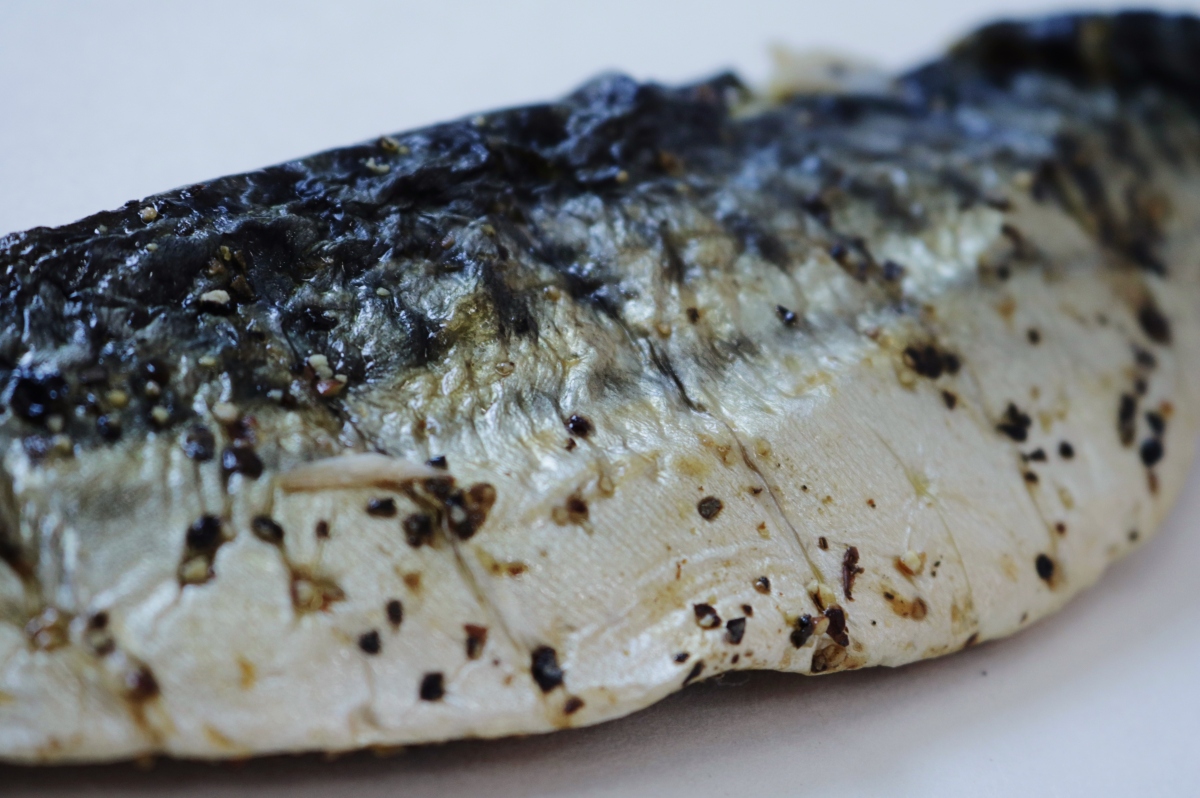

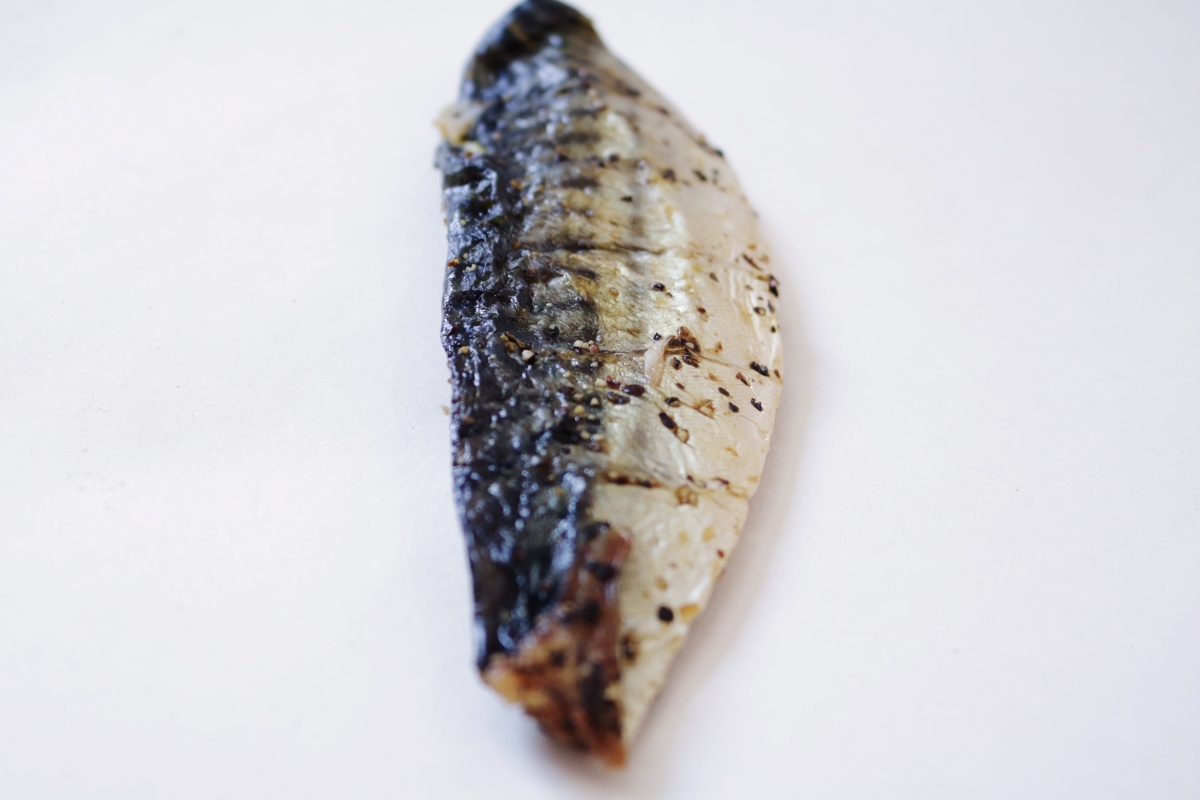

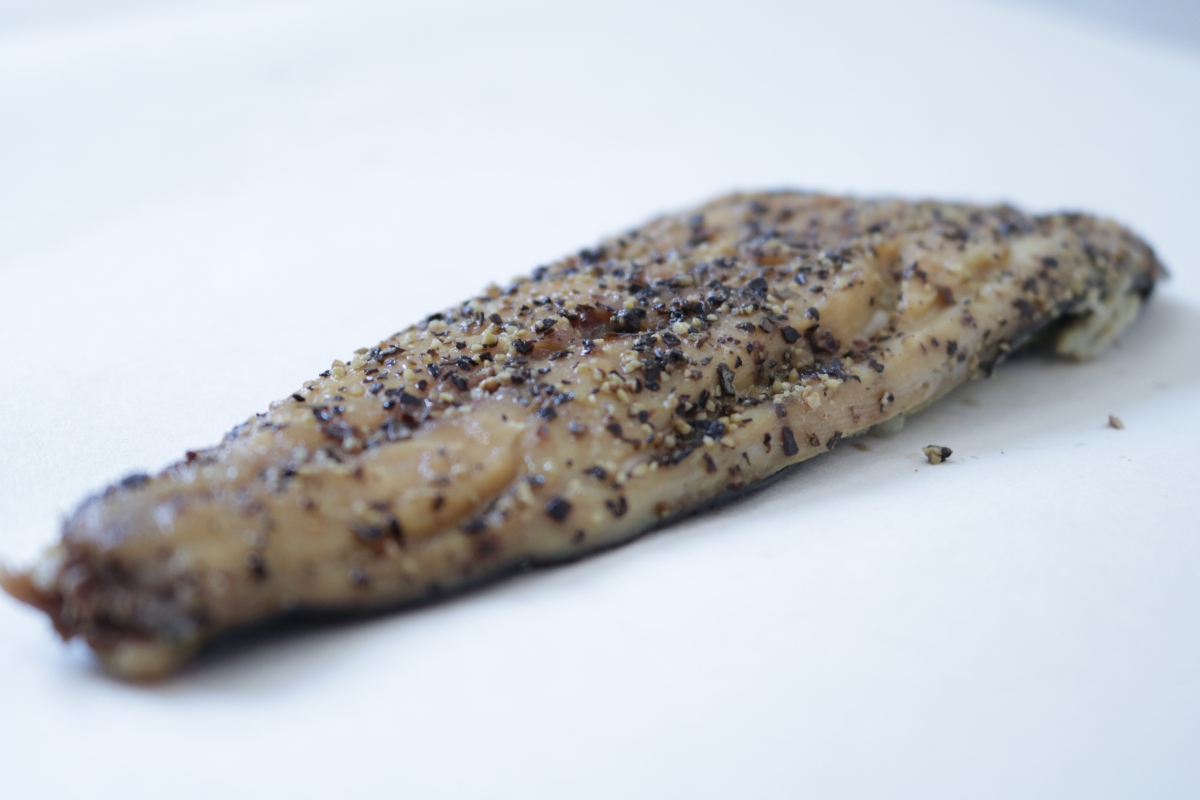





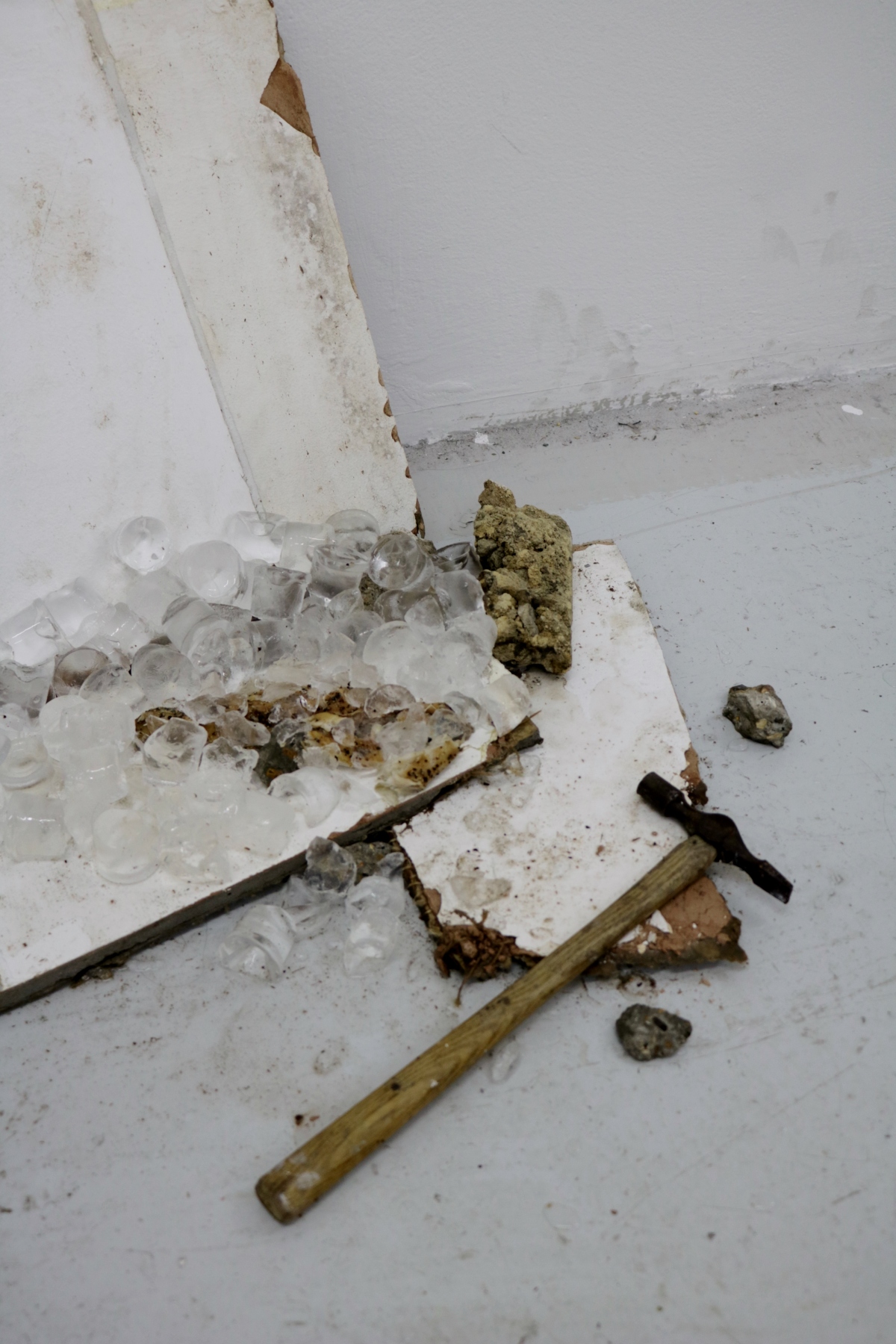
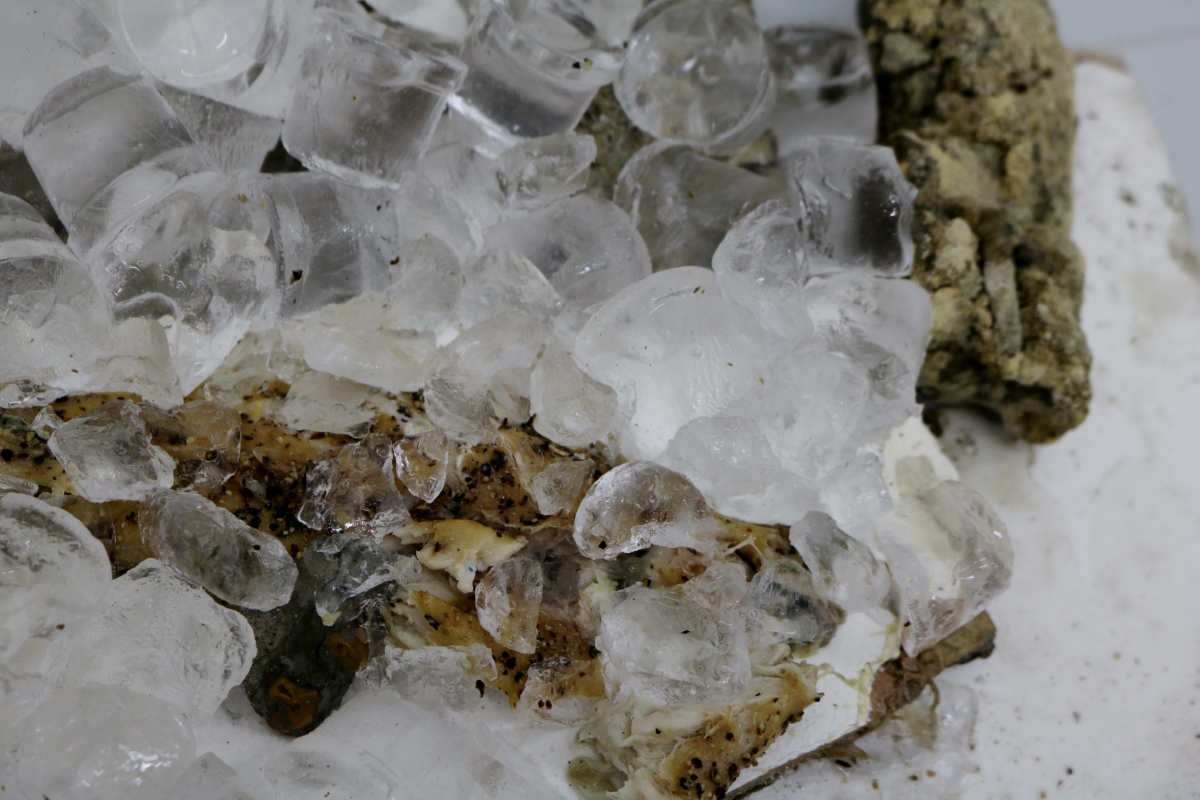
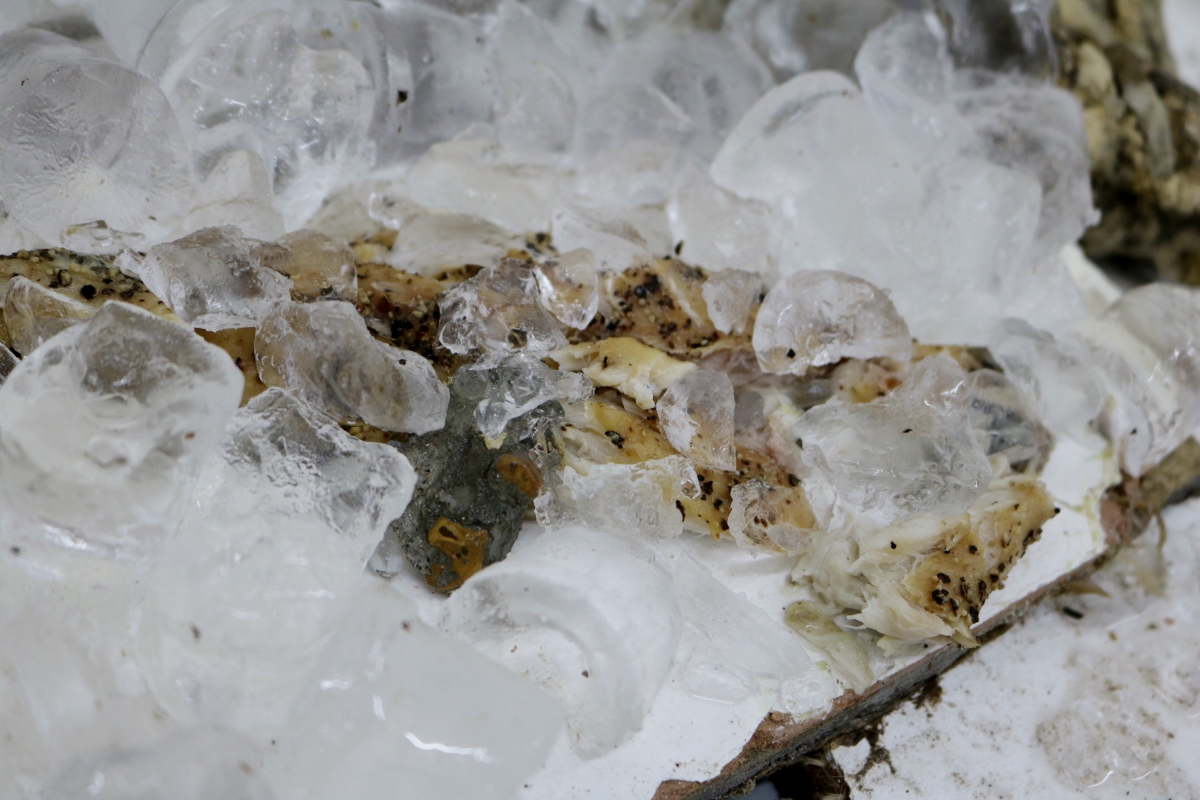

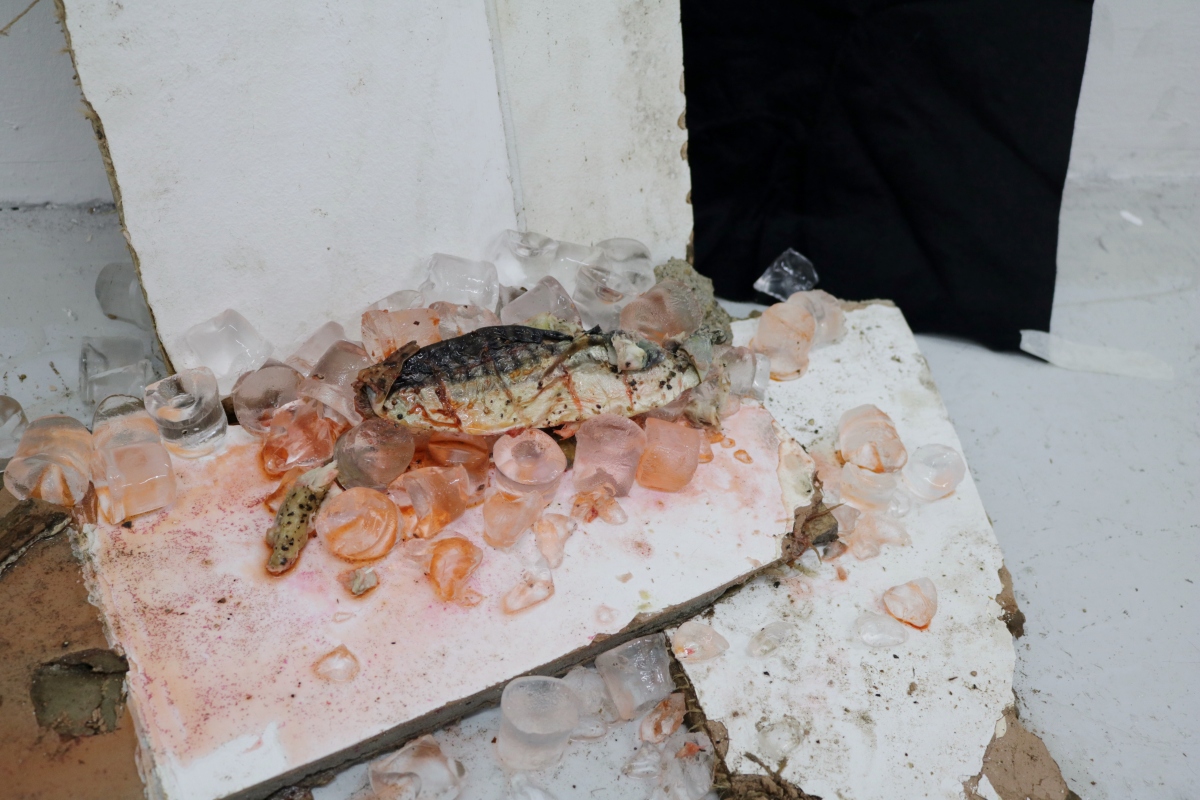
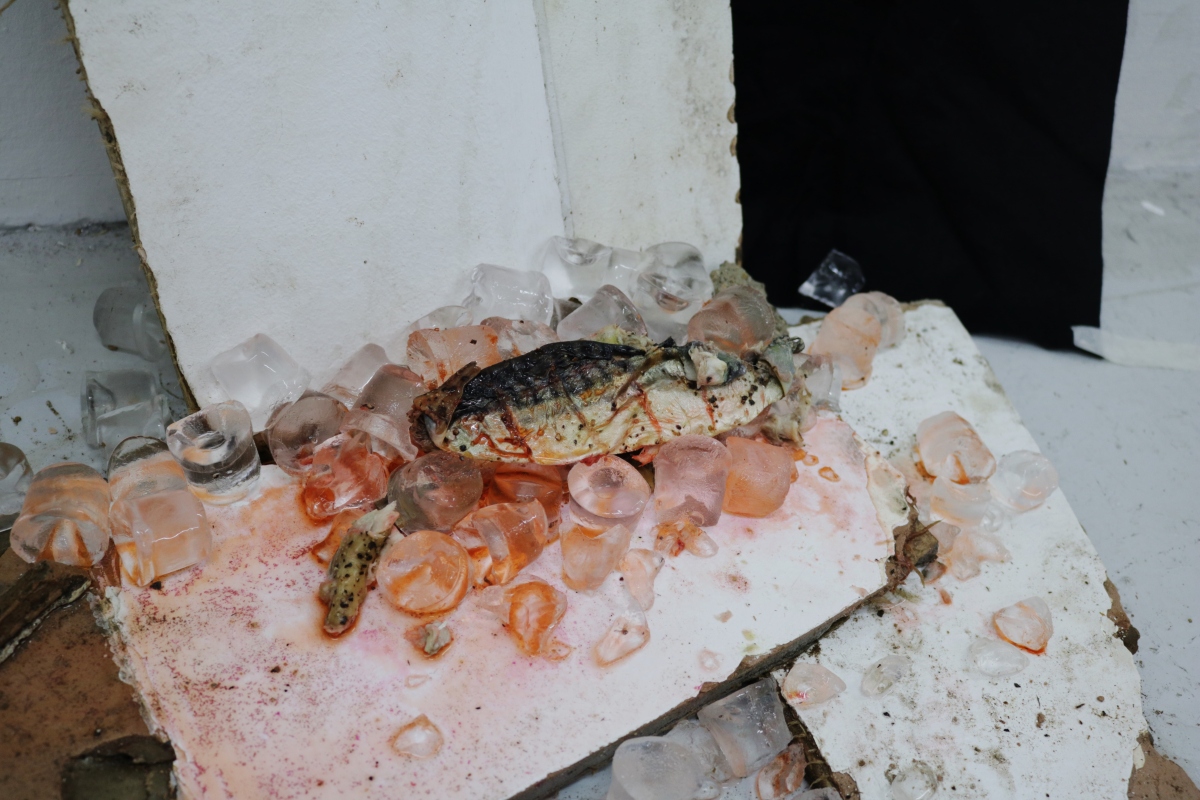
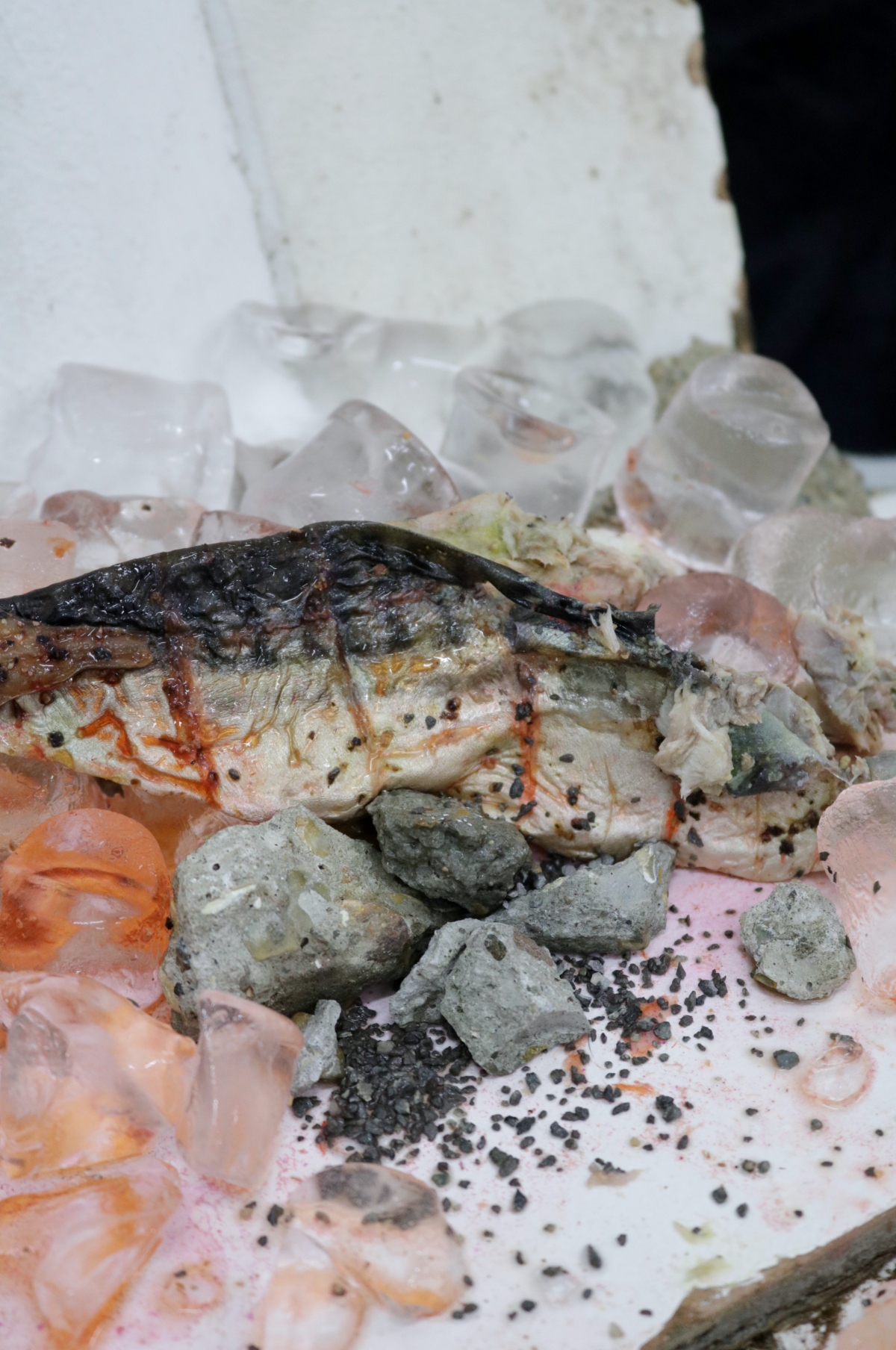
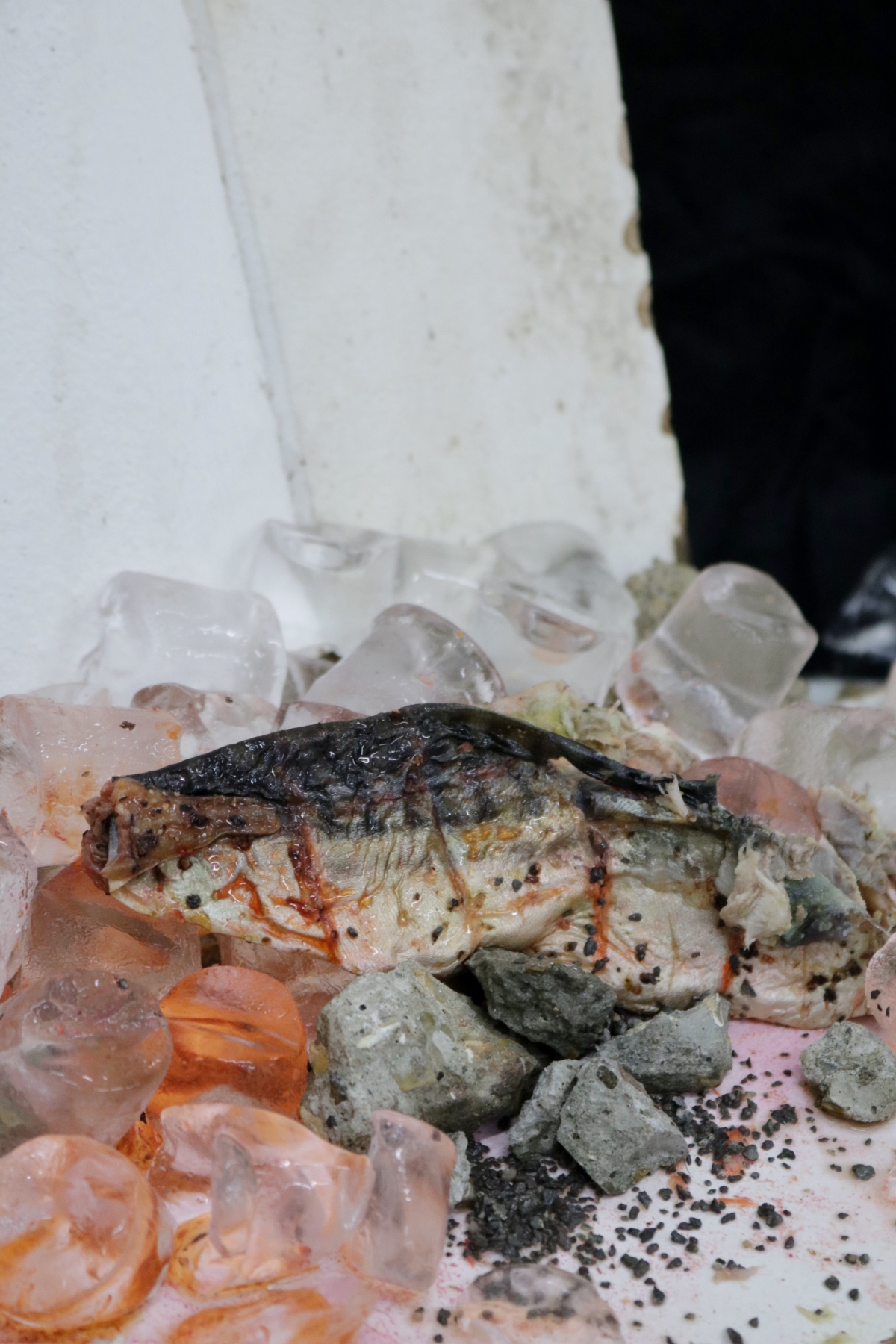


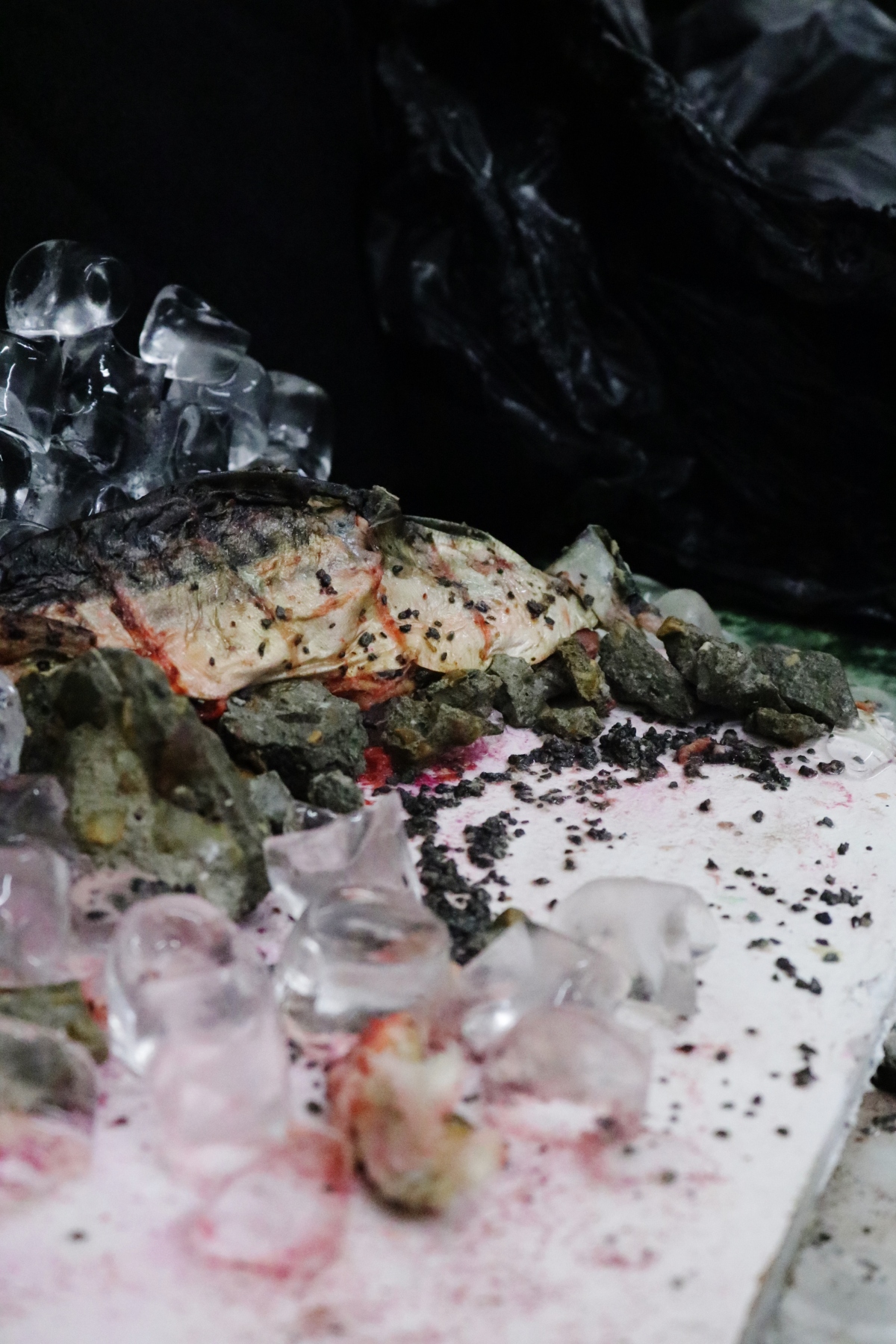


Completed on 27th February 2016.






















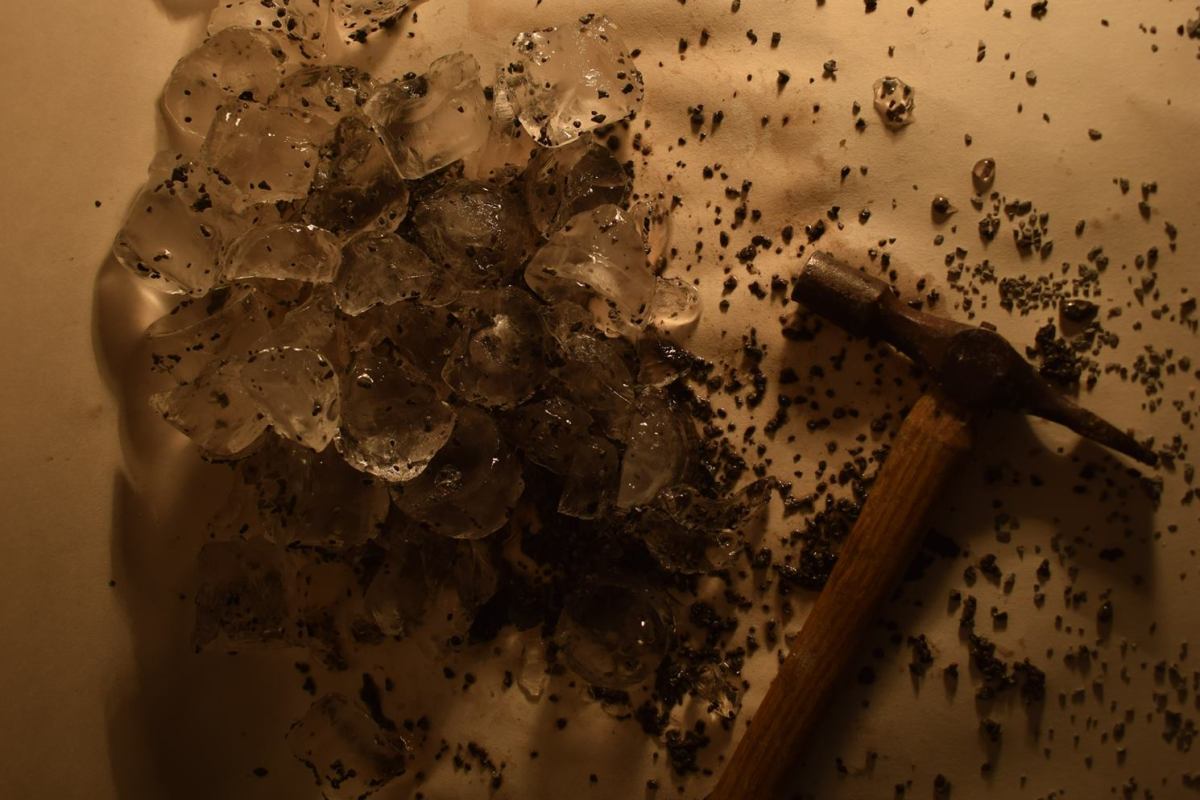
WEEK ONE
WEEK TWO
WEEK THREE
WEEK FOUR
WEEK FIVE
WEEK SIX

CLICK THIS LINK TO SEE ONE OF THE FILMS REFERRED TO https://www.youtube.com/watch?v=1UtTVSMc2LM
I think the film is very meditative. I found that in the crit, people sat and watched very peacefully. It was described as ‘very beautiful’. I think this is to do with the slow pace of it and the intricate detail. I was also told that when it is filmed up close, you cannot tell what scale the ice is, so it could be mistaken for a landscape; but when the paintbrush enters the view, it is given away that the ice cubes are in fact small. This perhaps takes away from the piece. I think that if I were to repeat the piece, it could be more successful to use a pipette and drip the ink onto the ice block so the source cannot be seen. I think it is beautiful how the white ink trickles down every tiny crevice of the ice cube, and the different colours and forms inside the cube creates a depth to these forms so that they’re no longer the mundane objects that they were before. I can now relate them to mountains where liquid flows down and is released into a lake at the bottom, or like a volcano where lava oozes down inbetween the crevices in the rock. The colours, textures and materials are different so this is an abstracted version of this kind of destructive occurrence, but I think it has similar connotations. So perhaps it could be interesting to see what happens when you use different objects and materials to create these sublime landscapes. So the viewer sees or is submerged inside a landscape that induces this feeling of awe, transcendence and divinity .. but it is actually a close up of a fish in a market. I would like to try the ink and ice experiment out with a fish. I was told that the creaking sound that can be heard with it works well also. I think it sounds a bit like ice cracking. In reality, however, I am not personally content with my film. I am pleased with it and I think it was well done and that it has turned out rather beautiful, but I think my problem is that I cannot back it up with theory.
I am very interested in the way the ink coalesces in with the orange water surrounding it. It unravels, dancing almost with the water. The way that the camera moves as much as it does irritates me because I want to focus on this graceful dance between the colours but I can’t because the camera keeps moving and coming in and out of focus. I think that it is also too fast. I think it would be interesting to film the piece close up enough that you cannot tell that the form is an ice cube, and so the viewer sees each detail as an abstracted form, perhaps leading them to see it as an enormous landscape instead would be very interesting. It would then leave scope to play with what the object they’re seeing actually is. For now I’d like to do some more artist research and continue with the ice and ink, however. I think that focusing in more on the delicate movement of the ink could be interesting for creative an abstracted reality.
Perhaps I could play with the colours used too. Ice is a symbol of coldness, absence of love, difficult and unexplored territory. With winter, the season of death. In dante, a deep part of hell. In psychology, the dividing line between the conscious and the unconscious. Having used the colours orange and brown, I think it creates a bloodiness n the piece – although this is counteracted when the white is added (it is emphasised in the videos showing when the red is added). The bloodiness and feeling of violence is captured in the red splatters occasionally caught in the film, stained on the paper. It;d be interesting to use blues instead to create a coldness in the piece.
There are connotations of climate change; the melting of ice; the red colours creating a sense of danger and connoting death i.e. of polar bears. This is something that will most likely come naturally with the use of ice in today’s age. I think it’d be interesting to play around with whereabouts the ice is placed and what effect this has.
I am trying to create feelings not too dissimilar to what I understand an aspect of agoraphobia to be; fear of open spaces. This could ink interestingly to the fragility and short time span of life.
There’s a feeling of isolation when the camera zooms out. The only hint of any form of life or movement (life not meaning creatures but the running of liquid, which of course thus creates the possibility of life and thus hope). However, when the camera zooms out, we are shown the true scale of the ice cube; the focus of the film; what we perceived as our temporary landscape, our alien home on which we were shown so much detail and beauty. We became absorbed in this tiny section of the piece, like how we become absorbed in our own versions of reality; we have our farmiliar people surrounding us in our familiar areas which so many people are so reluctant to leave. However, when the camera zooms out, the viewers’ eyes are opened up to more are more of the surroundings which become less and less full of life; more and more melted and colourless and thus dismal, until you reach the edges of the paper and you become aware that this is no landscape at all, but that it is a set up on a piece of paper in a studio. The white liquid is not a fountain but has come out of the ink pot next to the set up. This poses interesting questions about our ideas of reality, what is real and what is projected to us.
However, I do not think that the zooming out and allowing it to become apparent that the whole thing is a set-up is necessary or beneficial for creating a feeling of the sublime and the overwhelming. Indeed, it takes away from the suspension of disbelief.
https://www.youtube.com/watch?v=jJuqc2ybF5k the music used in this fashion film by Nick Knight and Alexander McQueen works well with the ice film because it is very disjointed, rigid, uncomfortable. It has fleeting moments of classical orchestral music before being interrupted by untidy bleeping and crackling or a whistling of wind. This discomfort works well with the piece because it adds to the creation of a strange environment within the ice. Perhaps black ink would be effective in creating connotations of death and thus a sense of fear.